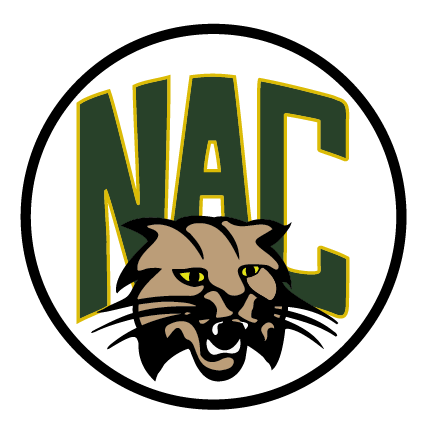What is a Bus Proposition?
A Bus Proposition is a separate item that is a ballot proposition that authorizes a school district in New York State to purchase and/or operate school buses. Bus Propositions are typically put forward by school districts when they need to replace old buses or expand their transportation services. When a Bus Proposition is placed on the ballot, voters within the school district have the opportunity to approve or reject it. If the proposition is approved, the school district is authorized to purchase the buses or contract with a transportation provider to provide the necessary transportation services. It’s important to note the bus propositions are just one type of ballot proposition that school districts can put forward. Other types of propositions may include proposals for capital projects, budget increases, or changes to school policies.
How does it work for NAC after all?
NAC has traditionally included a Bus Proposition as a separate item on the ballot for the Annual Budget Vote / BOE Elections in May, however it can be put forth at other points throughout the school year. NAC has also tried to maintain a ten year cycle for our buses, meaning at/or around the ten year mark buses are typically traded, sold, or scrapped. Most recently, the majority of our buses have been scrapped locally at an equivalent rate and sometimes a more positive rate than the opportunities to trade or sell. For example, we received trade-in values for two buses this year that would have resulted in $1,300 combined for the buses, therefor the current scrap rates resulted in being a better option. NAC is very fortunate that we currently hold a 90% Aid Ratio for bus purchases, which means that we receive 90% back on our bus purchases. This is not an immediate reimbursement process, because it is something that is paid back to the school district over a five year period, however this works out well because the buses are paid for over a five year period as well. Some people have suggested and asked why we put the entire price of the buses we wish to purchase on the Bus Proposition instead of just putting the theoretical 10% that we ultimately will have paid after the five year payment and reimbursement process, and we explain simply that we cannot. The reason that the district cannot put the 10% rate is that the district must obtain voter approval for the entire purchase price to be paid prior to any reimbursement.
Bus Proposition that will be on the May 16th ballot
Shall the Board of Education of the Northern Adirondack Central School District be authorized to purchase and finance three (3) 66-passenger diesel school buses, including necessary furnishings, fixtures and equipment and all other costs incidental thereto, and expend a total sum not to exceed $470,000, which is estimated to be the total maximum cost thereof, and said amount, or so much thereof as may be necessary, shall be raised by the levy of a tax upon the taxable property of said School District and collected in annual installments as provided by Section 416 of the Education Law; and, in anticipation of such tax, obligations of said School District, in the principal amount not to exceed $470,000, shall be issued.
Crazy facts from recent NAC Bus purchases!!!
Last year’s Bus Proposition also included (3) 66-passenger diesel school buses, however they only required an amount not to exceed $390,000. Isn’t it crazy how much more expensive things have become?
Before all of the supply chain issues that have been experienced over the past few years, the buses that got purchased after receiving a positive result on the Bus Proposition vote would typically be built and ready somewhere between August and October. Unfortunately, the supply chain issues have pushed last year’s purchased buses to be scheduled for delivery in late March or early April of this year. This also means that we held on to and used older buses that are typically recycled using the ten year cycle we like to try and adhere to because of general age, higher mileage, and rust which seems to develop a lot sooner here in the north country as a result of the salt used on our roads during the winter months.

